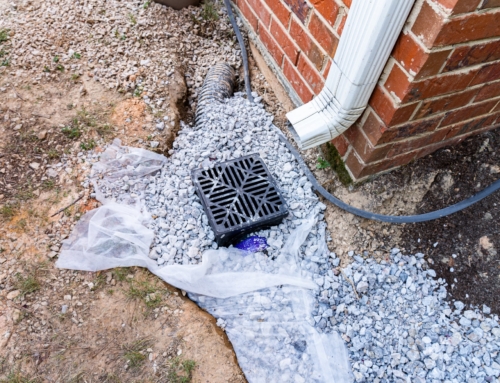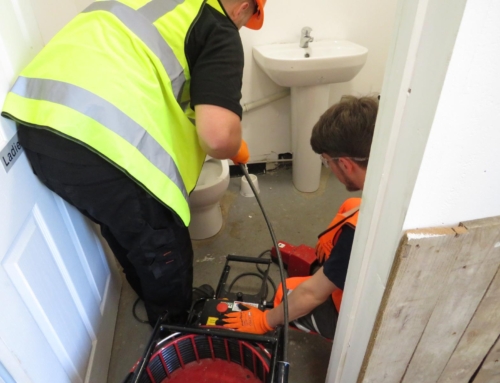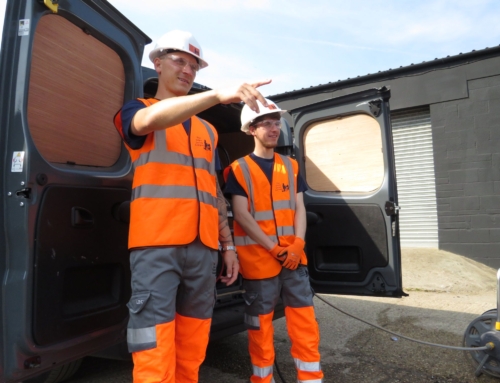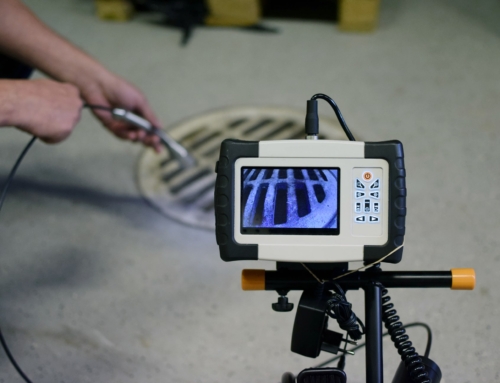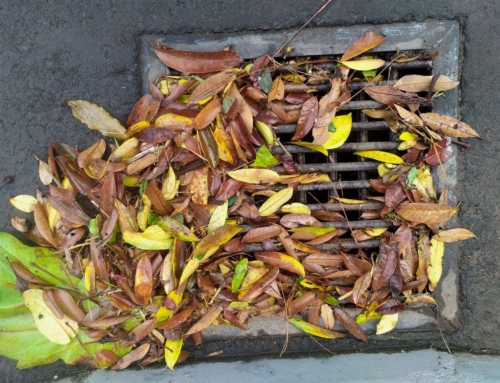Drain remedial services are often required after a CCTV survey highlights issues within the system, but choosing the right repairs is key to preventing problems from recurring. One of the most popular methods of getting a damaged drain back on track is relining.
But what is drain relining? And are there benefits and drawbacks of this solution? We find out.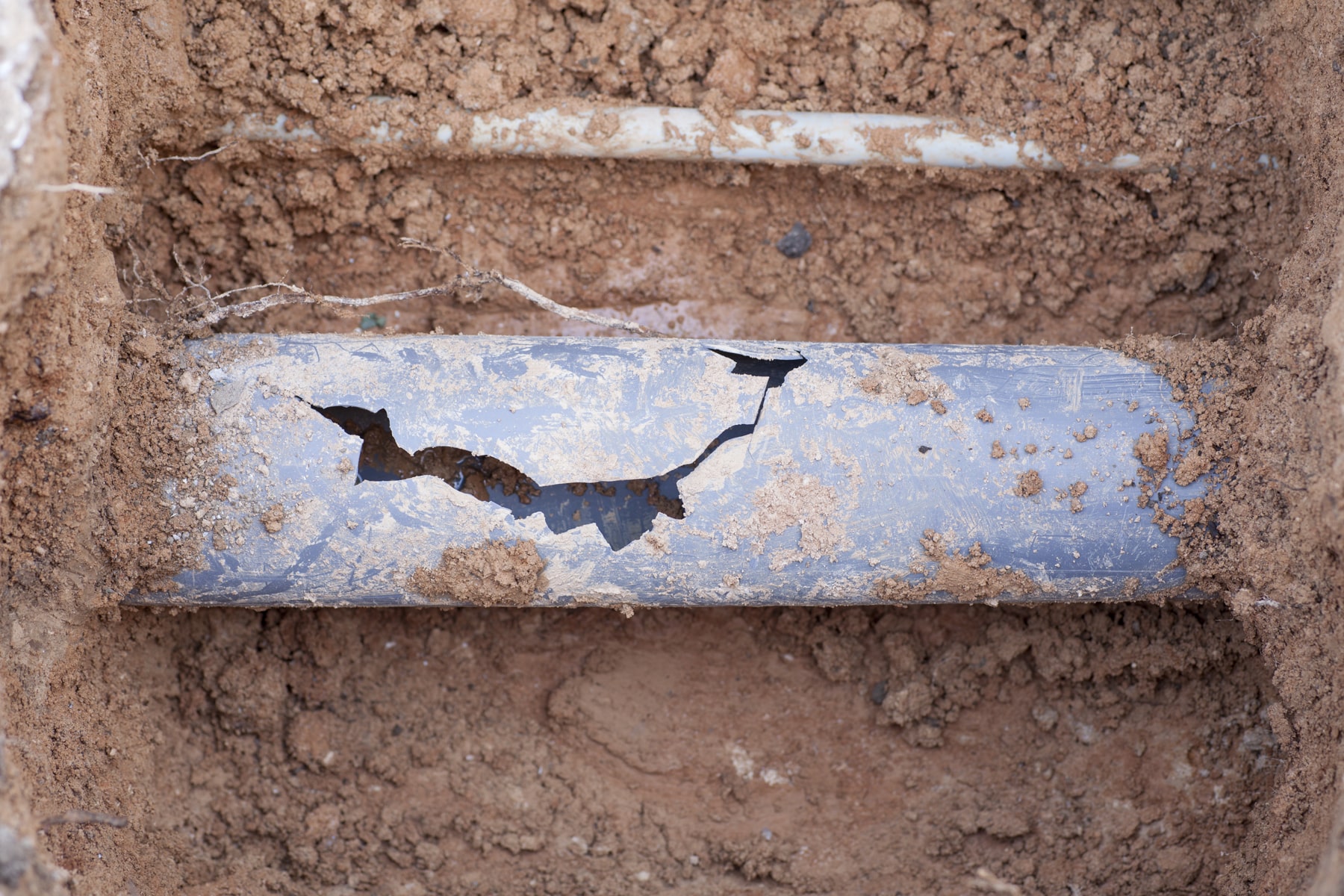
What is drain relining?
Drain relining is one of the easiest ways to internally repair cracked and broken pipes to restore their function, avoiding the need to dig up the ground to get to the affected part of the system externally. Relining is suitable for smaller drains found at both domestic and commercial sites, and it can be used for pipe materials like cast iron, clay and PVC.
How does drain relining work?
Drain relining methods first require the cleaning and de-scaling of the drain. A flexible fibreglass sleeve is then inserted in the pipe and compressed against the walls, cured in place through the use of heat, light or high air pressures to expand the sleeve. Bonding to the inside of the damaged drain, the liner has a tight fit against the pipe wall, restoring the water flow through the system and preventing leaks.
What types of drains are suitable for relining?
Relining is only a suitable solution for drains without extensive damage. If too much of the pipework has issues or the system has collapsed, excavation is often a better solution. Your drain company will also need good access in order to insert the sleeve and ensure it compresses to the pipe walls correctly.
What are the pros of drain relining?
Drain relining has many benefits, preventing the need for excavation. This means it’s a cost-effective drain repair solution and can be completed within hours, causing minimal disruptions for your household or business. It can also work out much cheaper than drain excavation services, making it a popular drain maintenance option.
What are the cons of drain relining?
Drain relining is only suitable in some cases, so you’ll need a CCTV assessment to confirm eligibility for this type of repair work. For example, if the pipes are severely damaged or made from a material that isn’t PVC or clay, relining may not work. You’ll also need to consider the future need for repairs, as while relining is a durable product, it won’t last forever.
How long does drain relining last?
Drain relining is highly durable, creating a long-lasting solution resistant to damage. The relining materials used can last for decades, but it often depends on the age of the pipes, the quality of the installation and any existing damage present.
Need a drain relining service?
Do you need a drain inspection and drain relining services near London and Essex? Contact the Drain Survey Company. We can provide you with a free quote for CCTV drain surveys and more.
To get in touch, call now on 020 4538 4399.

